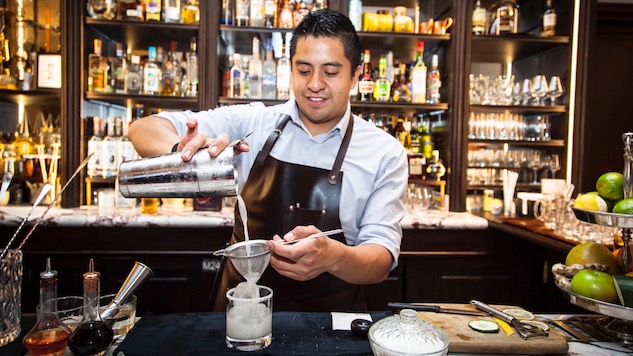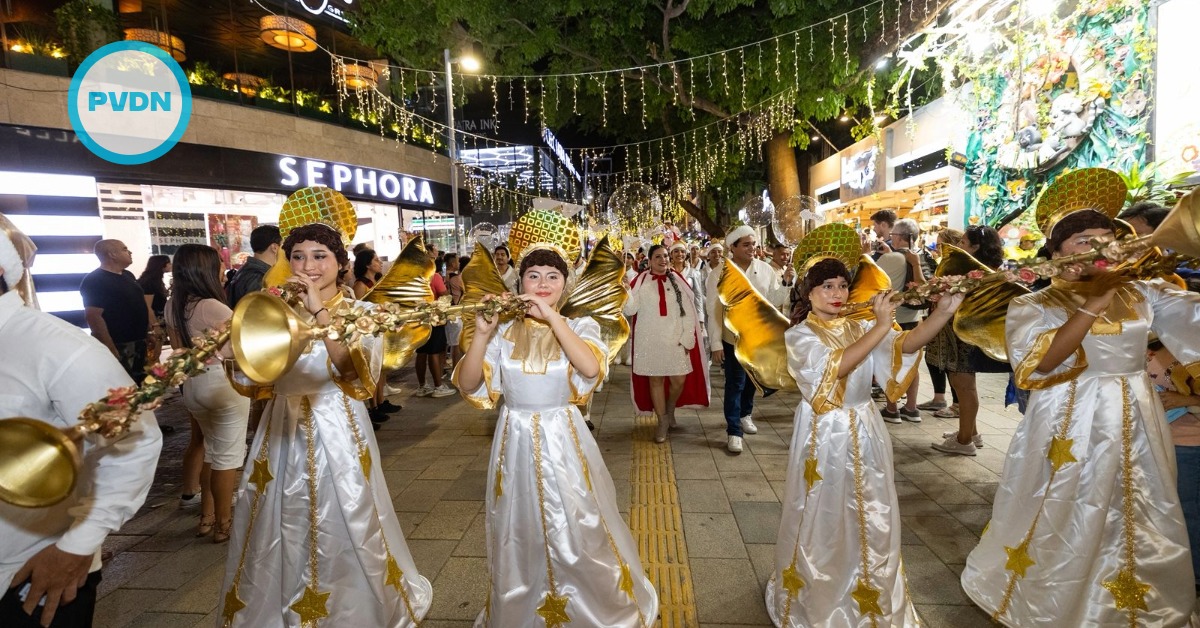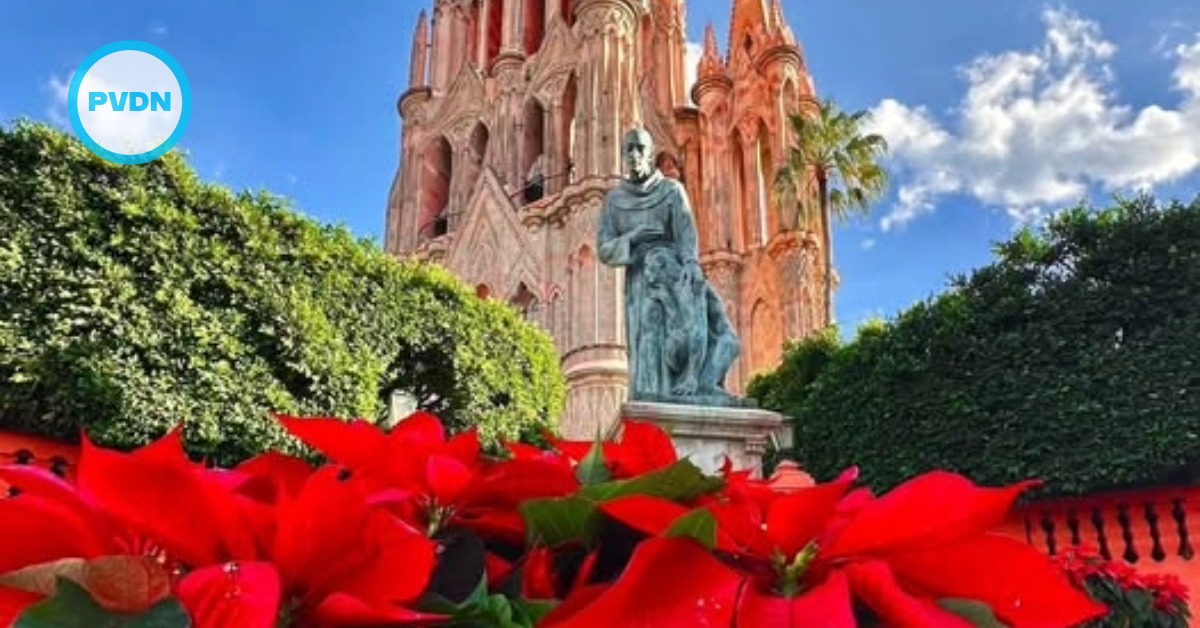Mexico City is layered. And I mean that literally, as the modern city sits atop an Aztec city that was once the biggest and most vibrant in the pre-Columbian Americas, and all of it is sitting atop the remnants of Lake Texcoco, which was drained in the 17th century (a situation with serious present-day ramifications as there is now a massive metropolis in a seismically active region sitting on a lake bed). I also mean layered culturally, as it has a vast diversity of people and influences and traditions. The surface never tells the whole . . .






